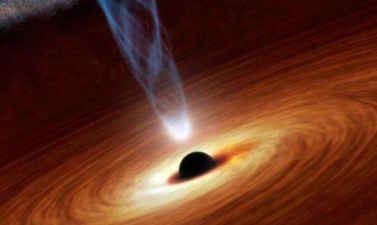The Hidden Mysteries of the Universe
The universe is vast and mysterious, and human exploration and research have always been a vital area of science.
- Black Holes: Black holes are among the most mysterious celestial bodies in the universe, possessing such strong gravitational pull that even light cannot escape. The internal structure and properties of black holes remain a mystery.
- Dark Matter and Dark Energy: Most of the matter and energy in the universe consists of dark matter and dark energy. These cannot be directly observed, but their existence can be indirectly inferred through their influence on the motion of galaxies.
- The Origin and Evolution of the Universe: How did the universe form? How did it evolve to its present state? These questions remain thorny questions in the scientific community.
- Extraterrestrial Life: Is there other intelligent life in the universe? This is a hotly debated question, and scientists are working hard to find the answer.

- Observation and Experiment: Scientists use observation and experimentation to collect data and evidence to verify or disprove hypotheses. For example, observing the motion of galaxies through telescopes can infer the existence of dark matter. 2. Theoretical Models: Scientists use theoretical models to explain and predict phenomena. For example, Einstein's theory of relativity explains the nature of gravity and provides a theoretical basis for our understanding of black holes.
- Data Analysis and Simulation: Scientists use computer technology and mathematical methods to analyze and simulate large amounts of data to reveal the laws and characteristics of the universe. For example, by analyzing cosmic microwave background radiation, scientists have obtained important information about the origin of the universe.
- International Cooperation and Exchange: Cosmic research requires cooperation and exchange among scientists from various countries, sharing data and research results. For example, the International Space Station is a key platform for collaborative cosmic research.





